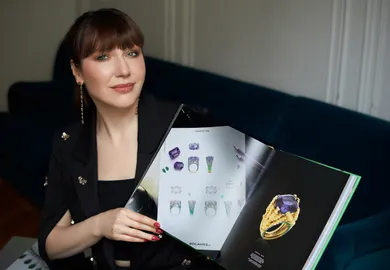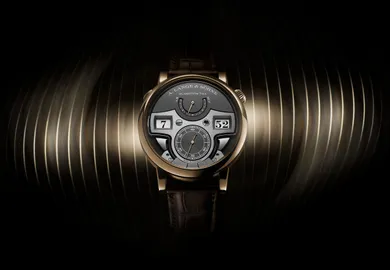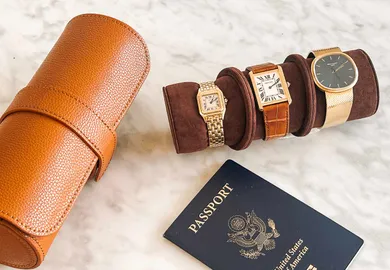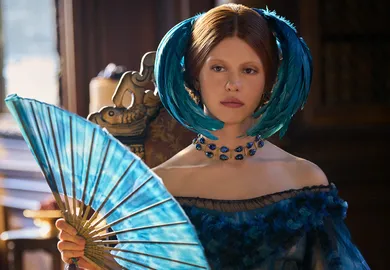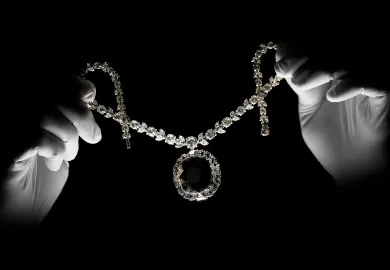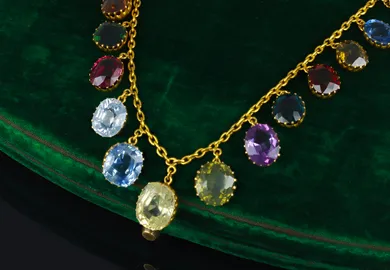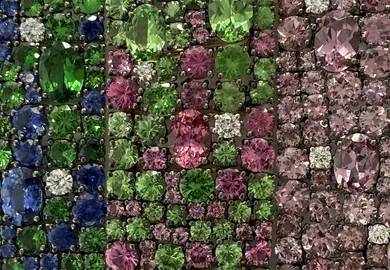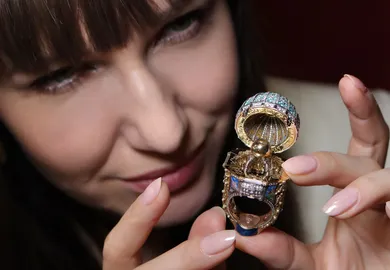
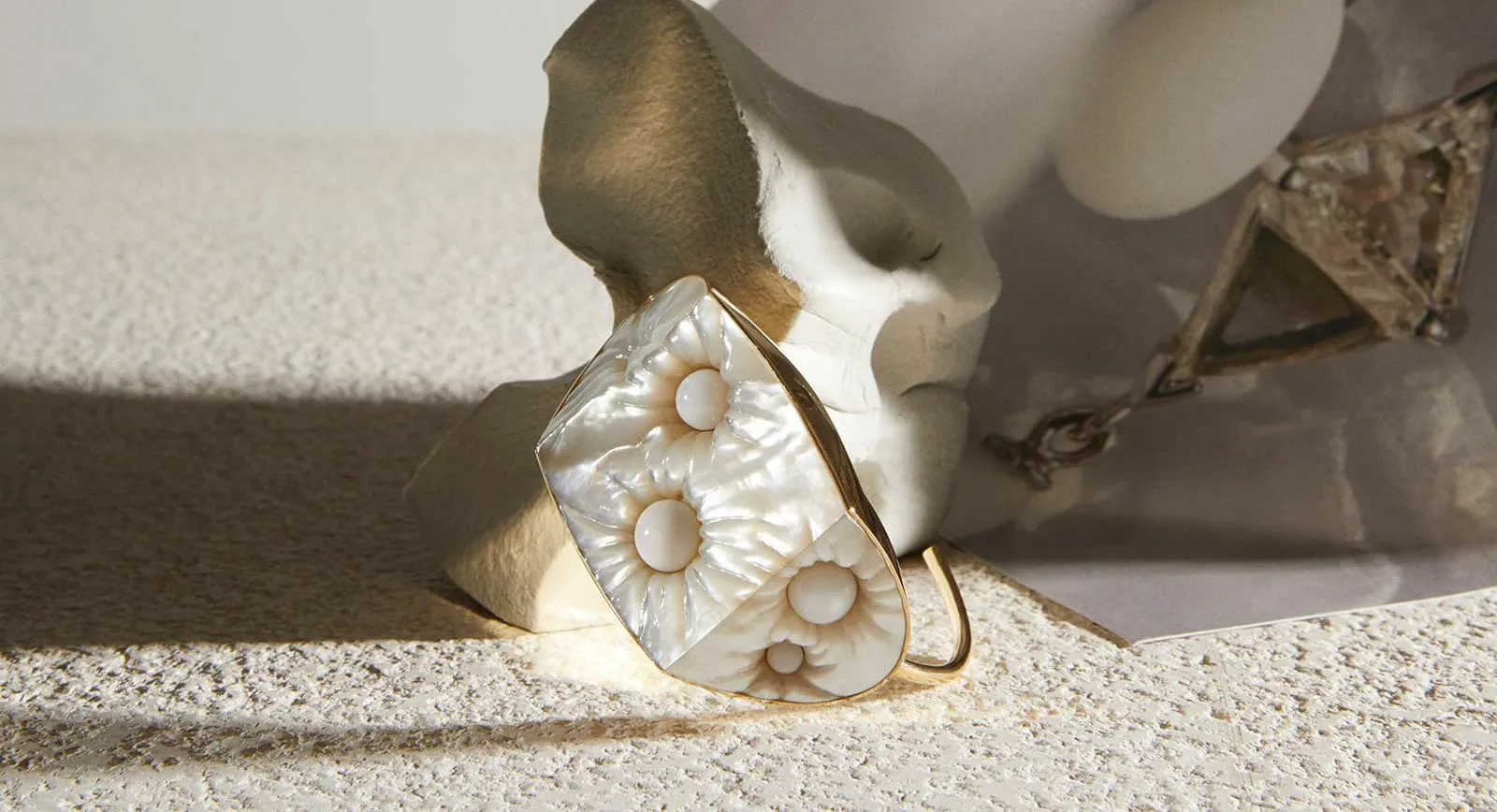
The Price of Jewellery Explained: Part One. More than Raw Materials
Have you ever wondered how brands arrive at the prices they assign to their jewellery pieces? The answer is much more complicated than simply the accumulated price of the raw materials. In this first part of a three-part series, we speak to exceptional fine jewellers to find out how they assign value to gemstone rarity and discover why time and relationships must factor into their decision making.
Just like other forms of art, the value we place on jewellery is complex and nuanced. The final figure that’s presented to you in a shining boutique on the Place Vendôme is an alchemy of many factors including the costs of raw materials, the rarity and preciosity of those materials, and the difficulty in sourcing these treasures. However, one can’t simply add up the value of gold, diamonds and gems and reach a figure… this is far too simple! To share more insights into the process of pricing with you, we have created this three-part series, each focusing on a different aspect of value. Let’s start with raw materials…
This story is available to Katerina Perez Club members.
Monthly access
Unlock Club features
£15/month
Billed monthly. Cancel anytime*
Annual acces
Unlock Club Features
and save 13% on membership
£13/month
Billed annualy. Cancel any time*
All Membership Features
- Access to exclusive articles
- Daily bite-size news in Jewellery Chronicles
- Jewellery Calendar of events across the globe
- Curated list of articles from 50 other platforms
- Invites to online and offline KP Club events
- Receive Monthly Newsletter
- Save articles and Images into favourites
Already have an Account?

The Price of Jewellery Explained: Part One. More than Raw Materials
Have you ever wondered how brands arrive at the prices they assign to their jewellery pieces? The answer is much more complicated than simply the accumulated price of the raw materials. In this first part of a three-part series, we speak to exceptional fine jewellers to find out how they assign value to gemstone rarity and discover why time and relationships must factor into their decision making.
Just like other forms of art, the value we place on jewellery is complex and nuanced. The final figure that’s presented to you in a shining boutique on the Place Vendôme is an alchemy of many factors including the costs of raw materials, the rarity and preciosity of those materials, and the difficulty in sourcing these treasures. However, one can’t simply add up the value of gold, diamonds and gems and reach a figure… this is far too simple! To share more insights into the process of pricing with you, we have created this three-part series, each focusing on a different aspect of value. Let’s start with raw materials…
This story is available to Katerina Perez Club members.
Monthly access
Unlock Club features
£15/month
Billed monthly. Cancel anytime*
Annual acces
Unlock Club Features
and save 13% on membership
£13/month
Billed annualy. Cancel any time*
All Membership Features
- Access to exclusive articles
- Daily bite-size news in Jewellery Chronicles
- Jewellery Calendar of events across the globe
- Curated list of articles from 50 other platforms
- Invites to online and offline KP Club events
- Receive Monthly Newsletter
- Save articles and Images into favourites
Already have an Account?
